
Why keystone native plants? You may have heard that we are losing species at an accelerated rate due to climate crisis and loss of habitat. Doug Tallamy, University of Delaware Professor and chair of the Department of Entomology and Wildlife Ecology, says keystone plants are the most important plants to support wildlife. Keystone plants are the natives that are essential to our local ecosystems because they support 90% of the caterpillar species that enable our terrestrial birds to reproduce and native bee species and other insects to thrive.
Why is this important?
Because if birds and insects go extinct, we do too. If we don’t take immediate action, we won’t be able to reverse this disastrous situation. These small creatures are an important part of the web of life on Earth. Any time a species goes extinct, the web is weaker until finally it collapses altogether. That means Earth, our only home, will be uninhabitable for us, not just other species.
You can help by adding keystone native plants to your yard. Each little area of restored native habitat is an oasis of protection for birds and insects in our local ecosystem. How good would that make you feel?
Add keystone plants to your garden before adding other natives. The following trees are keystone plants:
- Native Oaks (White Oaks are best)
- Native Cherries
- Native Willows
- Native Birches
- Cottonwoods
- Elms
Keystone herbaceous (non-woody stemmed plants) include:
- Asters
- Goldenrod
- Sunflowers
Resources to help you
Professor Tallamy created a national organization called Homegrown National Park to promote native plants in home gardens and help you learn about this critical issue.
Audubon Society has an excellent article explaining why we need to support our beautiful birds, as well as stunning photos of our feathered friends.
National Wildlife Federation has a database of native plants for your specific area.
What you can do
- Educate yourself about native plants
- Read Nature’s Best Hope by Doug Tallamy
- Plant a white oak!
- Read Dr Tallamy’s five easy steps for beginners
- Go to National Wildlife Federation’s website to find best natives for your area
- Go to Audubon Society website to find best plants for birds in your area
- Spread the word—talk to your neighbors
- Plant keystone plants before any other natives
- Go to Homegrown National Park and add yourself to the map
- Follow our Transition Town Media Biodiversity group on Facebook
- Read our Biodiversity group biweekly blogs
Planting keystone natives will beautify your garden, support our birds and essential insects, and be a teaching resource for your kids. Bonus: you will see some interesting insects you’ve never seen before. Winter is for planning your garden. Start researching native plants now!

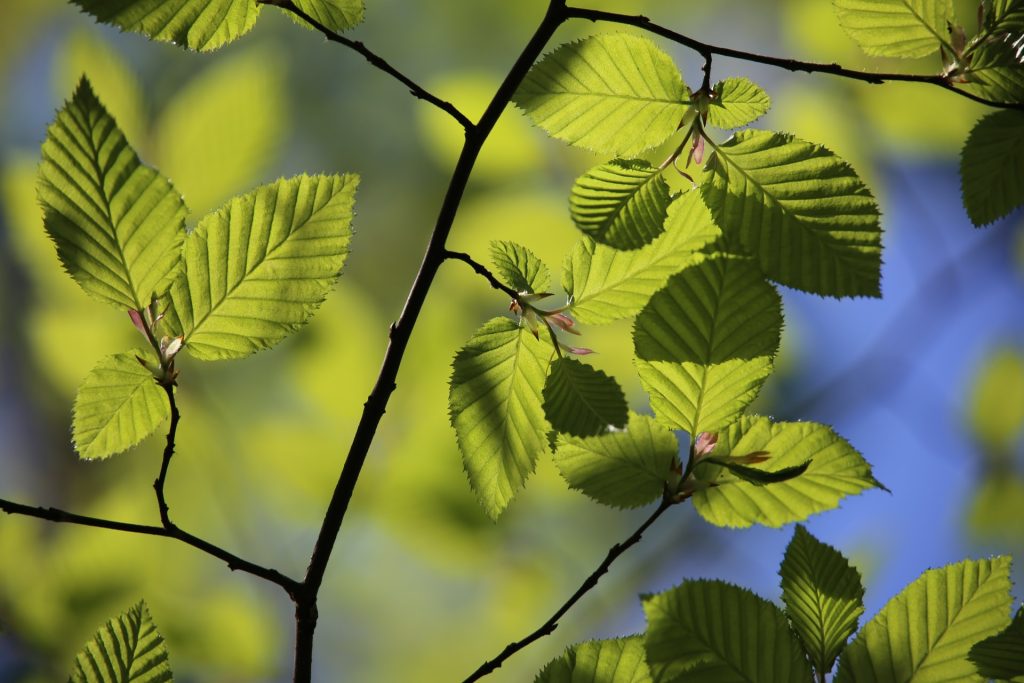
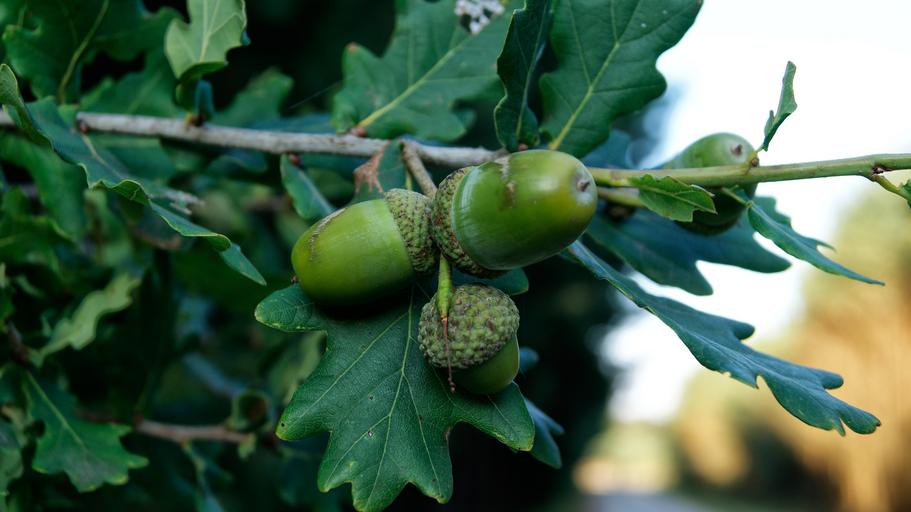
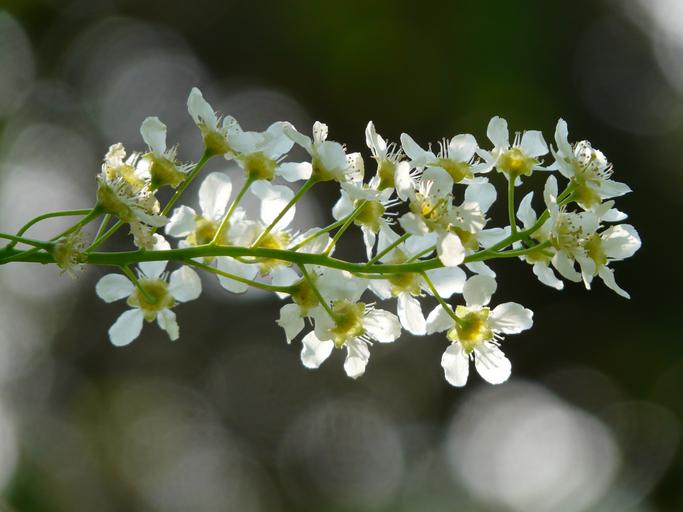
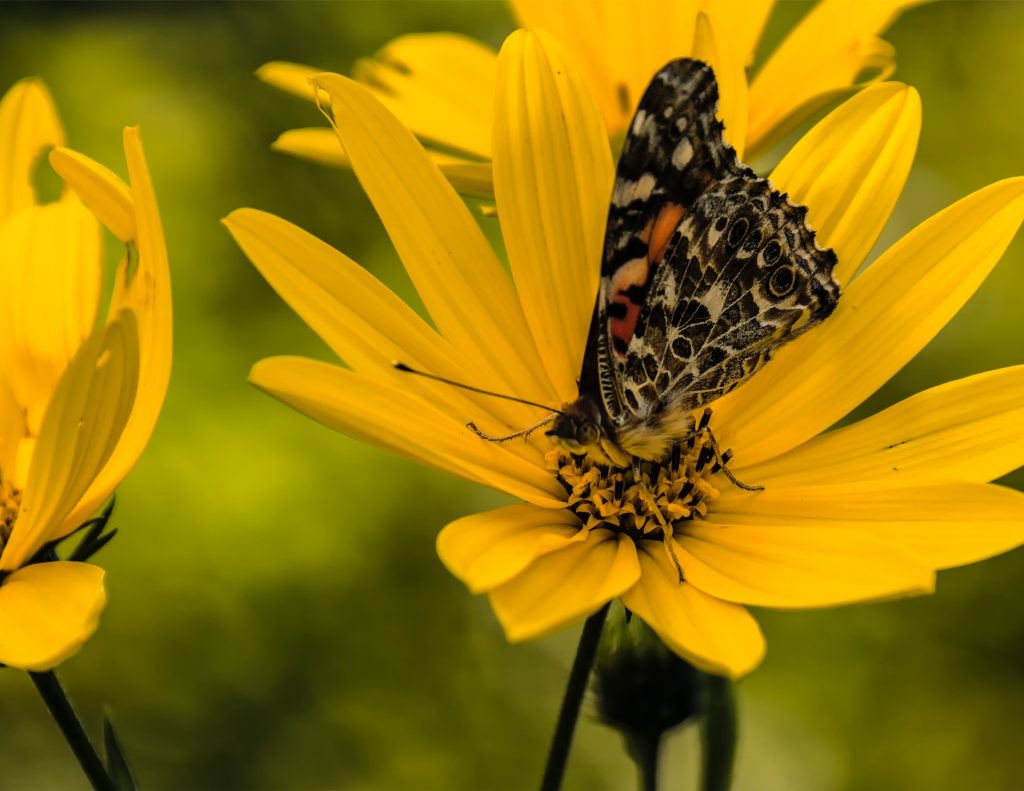
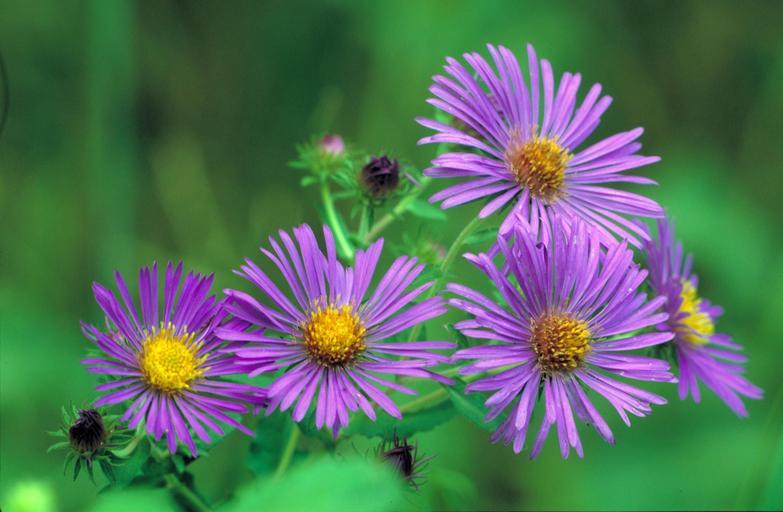
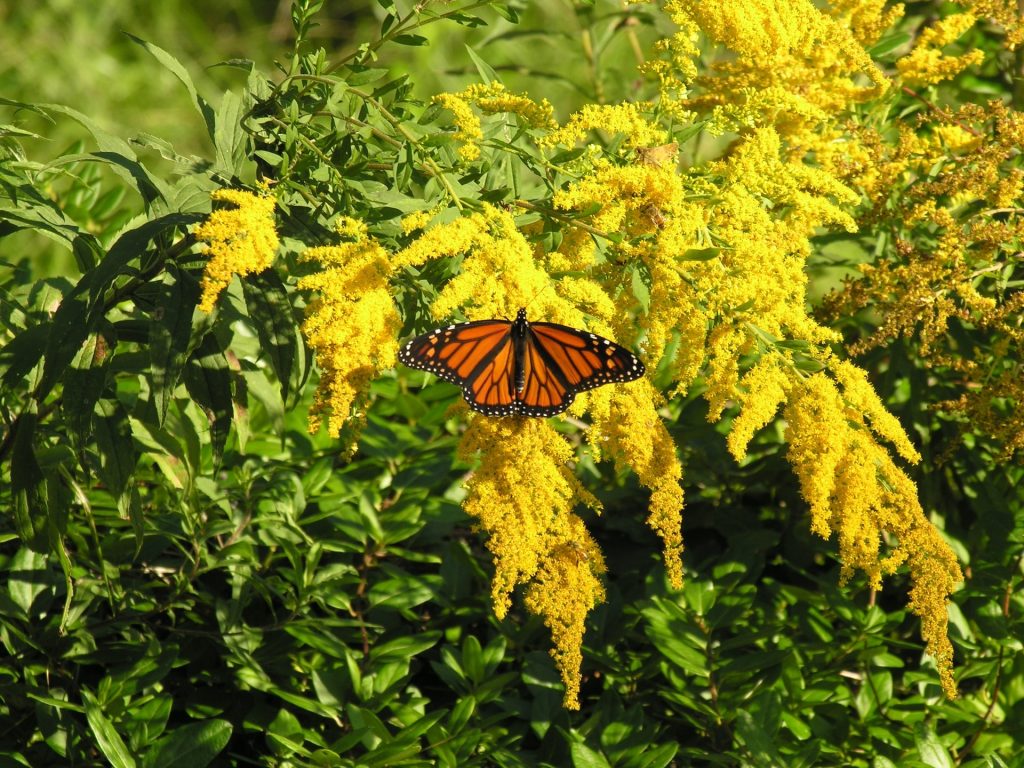
Leave a Reply